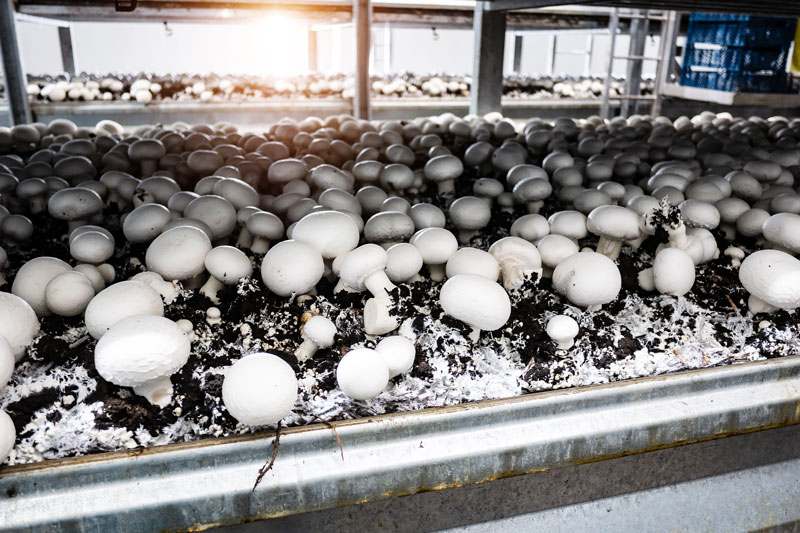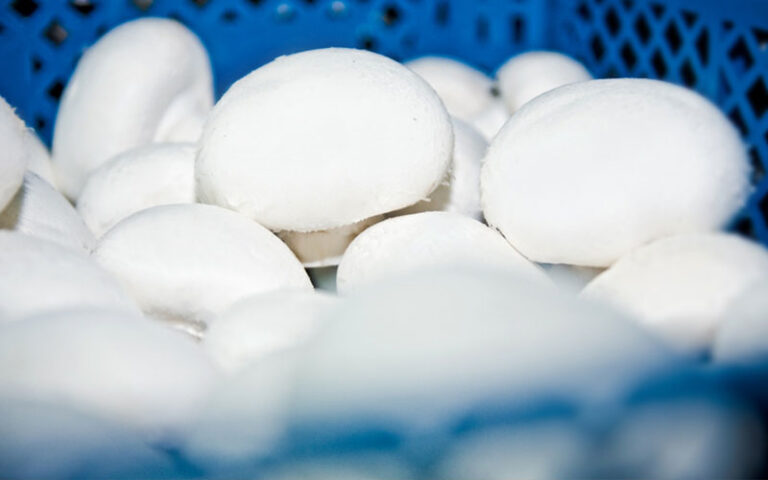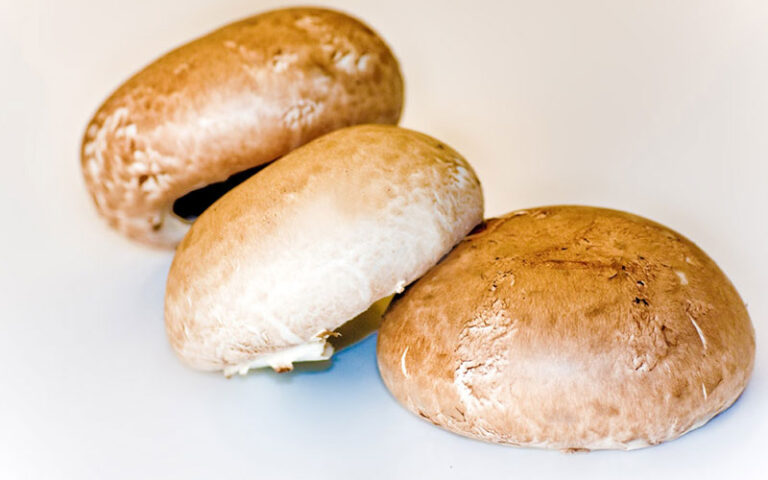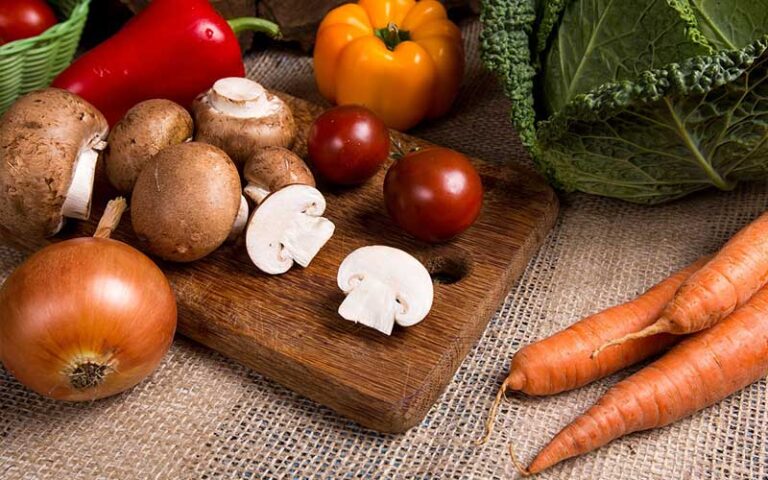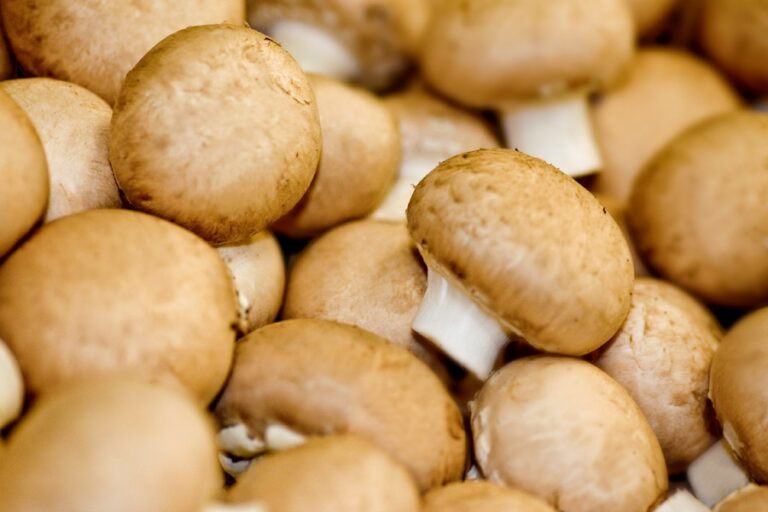Polish champignons
History of champignons
In Poland, mushrooms are popular and consumed on regular basis, both those growing freely in meadows and in forest and breeding species. Among almost 2500 species of mushrooms, only 22 of them are suitable for commercial production.
Champignons are of significant importance in this regard. They have been known since the XVIII century. Then, Polish nobles, who traveled across Western Europe and became stunned by the quality and taste of meals served there, decided to bring some of them to their homeland. In order to do so, some foreign cooks were hired as well. They took recipes with information to prepare the meals with them (the majority of the meals were prepared on the basis of champignons).
In the beginning, champignons were imported from abroad only, but Polish farmers started to consider breeding them in the country. Initial breeding conditions were rather primitive in character. The Polish champignons were breaded in basements of palaces, where the mycelium imported from France was planted in horse droppings. The aforementioned system of production was widespread and could be encountered in numerous manors owned by nobles. Primitive breeding conditions and lack of knowledge concerning proper fertilizing led to the situation, in which the breeding process gave varying results for every single grower. For quite a long time, champignons were considered exquisite and exclusive products, even similar to truffles.
Before the World War, Polish producers were able to introduce around 50 tons of champignons into the market. After the War, the mushrooms were imported from Moscow. During the period, the cost of a kilogram of champignons was comparable to a pair of leather boots. Therefore, Polish entrepreneurs decided to start breeding champignons on their own.
Poland is the biggest producer of champignons in the European Union.
Currently, Poland is the leader in the production of champignons in Europe. At least ¼ of the overall production in the European Union is held in Poland. The country is the biggest importer of champignons for European markets. The mushrooms are purchased by such countries as Germany, Netherlands, France, Great Britain, and the Balkan countries. Nevertheless, Russia is still the biggest purchaser of the commodity. At least half of champignons produced nationally are sold to foreign purchasers. From this amount, nearly 80 % of exported mushrooms are chilled ones. The rest of them is delivered to foreign purchasers after proper freezing or marinating.
The Netherlands is the second of the biggest importers of champignons in Europe – together, the two countries produce nearly half of the total number of mushrooms that are introduced on the European market. The Polish champignons are highly appreciated in Europe. Thanks to a significant amount of dry matter in them, the mushrooms are considered the best in Europe by professional gourmets. What is more, Poland is also perfectly prepared for production, while concerning producers from Eastern European countries, where only the yield from a square meter is important (moreover, bigger champignons have no culinary features, in contrast to those produced in Poland). What is even more interesting, numerous German gourmets have shifted from the Netherlands’ products to Polish champignons (It is worth mentioning that Germany has always been the biggest purchaser of commodities produced in the Netherlands).

Podlasie – the land of champignons
Until recently, the Greater Poland region has been of significant importance when it comes to the production of champignons, being the most important region for breeding them. Nevertheless, Podlasie becomes superior thanks to the numerous efforts of producers operating in the region. Champignons cultivation has developed rapidly in Podlasia, especially due to absorption capabilities and the closeness of the export market. The aforementioned features transformed the region into a European center of champignon breeding. Podlasie is now the land of the mushrooms, with Łosice being its capital city.
The main production potential is based on big and fully automatized factories. Those factories are in possession of quality certificates, as well as they hire professionals, and are properly prepared logistically. The intense cultivation technology makes it possible to:
- harvest high-quality crops due to a significant level of soil utilization,
- take advantage of the production halls thanks to the execution of a maximum number of cultivation cycles every year,
- maintain repetitiveness of results of each cultivation procedure.
Podlasie has achieved success in champignons cultivation thanks to individuals responsible for the production process, as well as their distinctive features, being: superior observation skills, ability to draw conclusions and make sensible decisions based on them, contentiousness, dutifulness, as well as proper understanding of the entire cultivation process of champignons.

